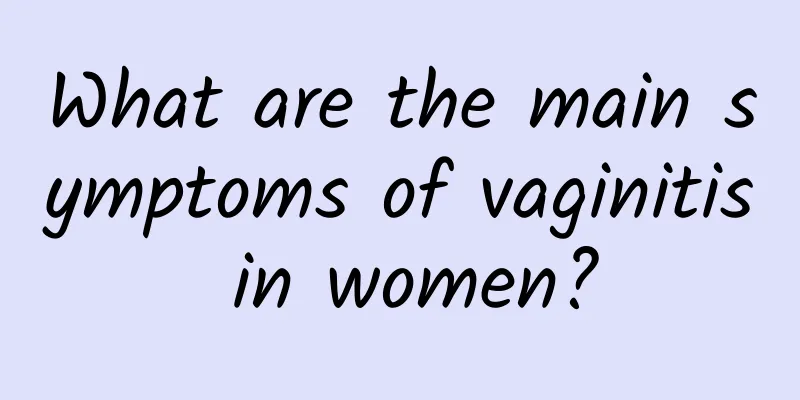Painless uterine-preserving abortion

|
Painless uterine-preserving abortion is an option many women consider after an unexpected pregnancy. It is called "painless" because anesthesia is used during the procedure to reduce the pain. For many women, choosing painless uterine-preserving abortion is a hope for a better experience both physically and mentally. So, what exactly is this procedure like? Let's take a look. The main advantage of painless uterine-preserving abortion is its "painless" nature. During the operation, the anesthesiologist will inject anesthetic drugs intravenously to put the patient in a sleep state during the operation, with almost no pain. This is undoubtedly a blessing for women who are particularly sensitive to pain or have a fear of surgery. At the same time, the application of uterine-preserving technology can also better protect the uterus during the operation, reduce damage to the endometrium, and reduce the risk of postoperative complications. Although painless uterine-preserving abortion sounds ideal, not all women are suitable for this operation. A comprehensive examination before the operation is very important. The doctor needs to use B-ultrasound and other examinations to determine the location and size of the gestational sac, as well as whether the woman's physical condition is suitable for the operation. Preoperative preparation can not only improve the safety of the operation, but also help doctors develop a more personalized surgical plan. Postoperative care should not be neglected either. Although the operation is painless, the body still needs time to recover. Generally speaking, you need to rest for one to two weeks after the operation. During this period, you should pay attention to a balanced diet, avoid strenuous exercise, and maintain a good mental state. Regular checkups are also an important step to ensure physical recovery. Through checkups, doctors can promptly detect and deal with possible problems after the operation to ensure that the body returns to its best condition. Although painless uterine-preserving abortion provides a relatively comfortable solution, it is not a contraceptive measure. Frequent abortions may cause harm to women's bodies, especially to the uterus. Taking contraceptive measures and avoiding unwanted pregnancies are the fundamental ways to protect your health. Painless uterine-preserving abortion is an option under certain circumstances, but it cannot replace scientific contraceptive methods. When women are considering surgery, it is best to fully communicate with their doctors, understand the risks and precautions of the surgery, and make comprehensive preparations before and after the surgery to ensure their own health and safety. |
<<: How often should sanitary napkins be changed?
>>: What does hemorrhage mean?
Recommend
Follow the therapist to do 6 animal brain exercises
"To live, you must move!" According to ...
What are the food taboos for adenomyosis and what can be eaten
What are the food taboos for adenomyosis and what...
What are the main causes of cervical hypertrophy?
Regarding the causes of cervical hypertrophy, man...
Lose weight without starving! 4 delicious recipes revealed
For people who want to lose weight, it is really ...
Why does bacterial vaginosis recur easily?
Nowadays, more and more people may suffer from ba...
What are the hazards of uterine fluid accumulation in women
Uterine effusion is an uncommon disease, also kno...
Moxibustion treatment of cervical erosion
Generally speaking, cervical erosion will not hea...
What are the treatments for ectopic pregnancy? Conservative treatments include
Ectopic pregnancy is treated conservatively, incl...
10 minutes a day! 10 basic rules for family exercise
Rule 1: Prepare a full-length mirror Before start...
Three major misunderstandings in the treatment of chronic pelvic inflammatory disease
Misconceptions in the treatment of chronic pelvic...
Being a couch potato and loving to cross your legs will cause you to suffer from back pain! 3 stretching exercises to protect your lumbar spine
Are you a couch potato who often stays at home wa...
How do women use drugs to treat cervical erosion? Analysis of the pharmacological effects of treating cervical erosion
The occurrence of cervical erosion is due to the ...
I had sex 28 days after the abortion.
Abortion refers to artificial abortion. Generally...
Yoga exercise for beauty and weight loss is popular all over the world (Part 2)
Do's and Don'ts of Yoga Practice The reas...
What to do if you have constipation after abortion
Abortion refers to abortion. Patients with consti...









